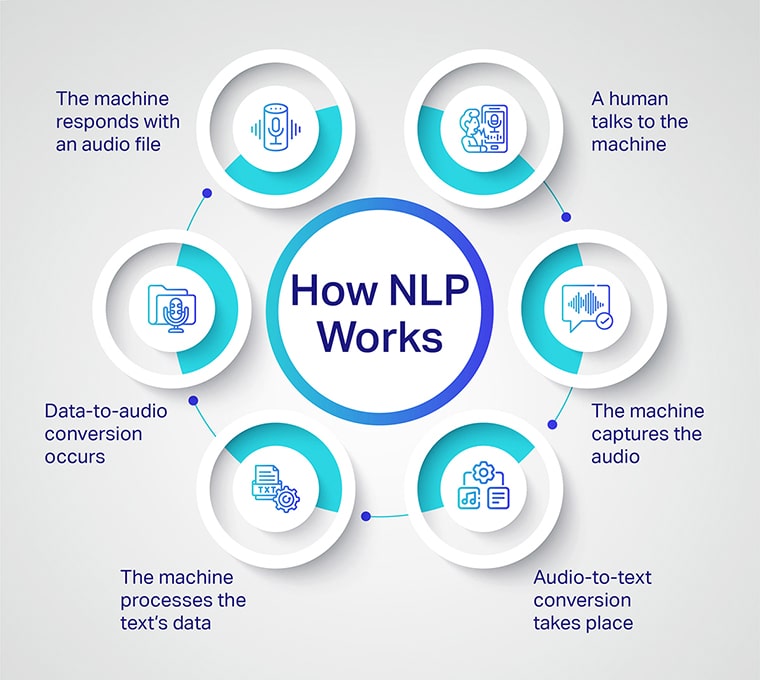Preserving PH Languages in the Age of AI
Language is more than just a form of communication. It is a reflection of a culture, a way of expressing oneself, and a means of inclusivity. In the Philippines, the Komisyon sa Wikang Filipino (KWF) recently celebrated over a hundred Filipino languages under the theme "Wikang Mapagpalaya" (Liberating Language).
Technological Advances in Language Preservation
During a webinar on August 22, Dr. Enrico C. Paringit from DOST-PCIEERD emphasized the significance of technological advancements, particularly in natural language processing (NLP), in enhancing the accessibility of Philippine languages. NLP, a subfield of artificial intelligence, allows computers to understand, interpret, and generate human language.
Efforts such as the 2011 ISIP Project 6 and the development of Marayum in 2018 have aimed to collect data and create resources for various Philippine languages. These initiatives play a crucial role in preserving and promoting linguistic diversity in the country.

The Role of NLP in Language Preservation
With the establishment of research and development laboratories like the MinNa LProc Laboratory, focused on NLP for Mindanao languages, the Philippines is making strides in harnessing AI for language preservation.
Projects like iTanong, developed by DOST-ASTI, enable interactions with relational databases using Filipino languages, ensuring that these languages remain relevant in the digital age. By bridging the gap between technology and language, initiatives like iTanong pave the way for a more inclusive and accessible future.
Challenges and Future Prospects
While the advancements in NLP offer promising opportunities for language preservation, challenges such as data bias, privacy concerns, and ethical considerations need to be addressed. Continuous research, policy development, and collaborations between linguists and AI experts are essential in overcoming these hurdles.

As we look towards the future, the preservation of Philippine languages through AI technologies like iTanong not only ensures their survival but also enriches the technological landscape with linguistic diversity. By embracing the intersection of language and technology, we pave the way for a more inclusive and language-rich digital environment.
It is imperative that we recognize the pivotal role of language in shaping our technological advancements and strive to cultivate and preserve our linguistic heritage for generations to come.




















